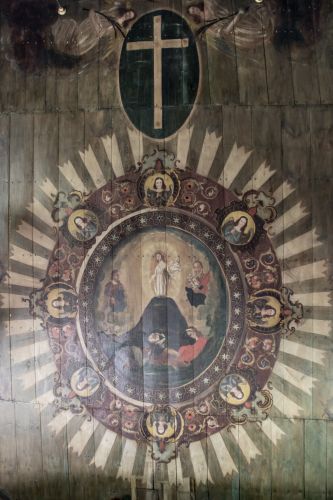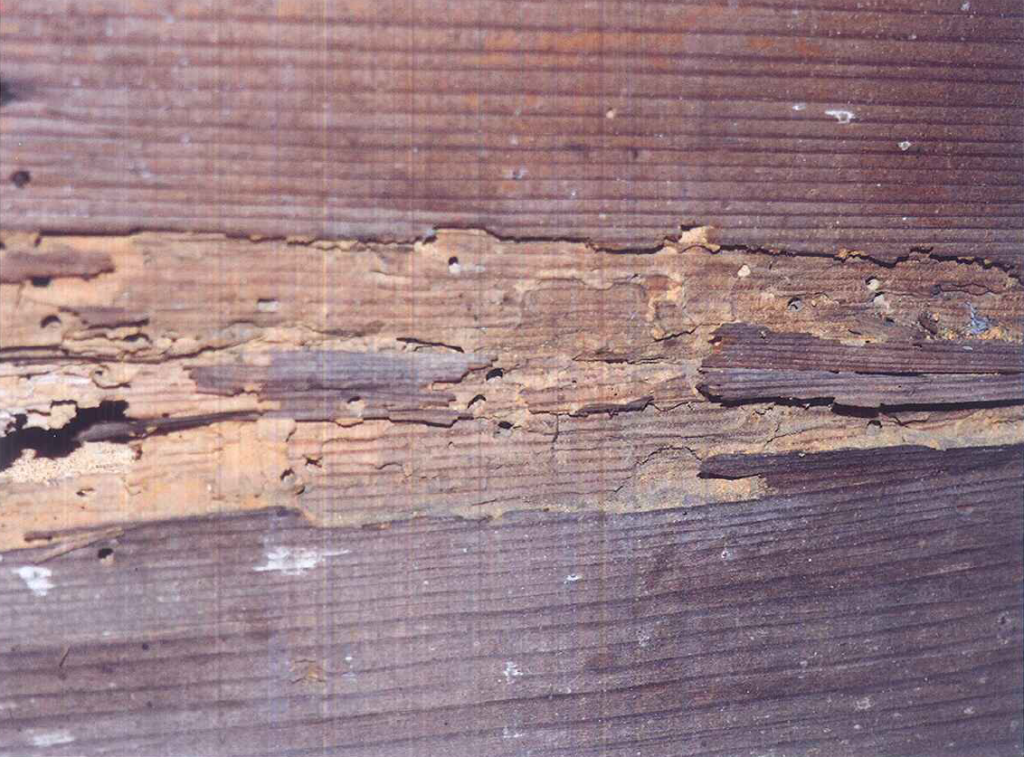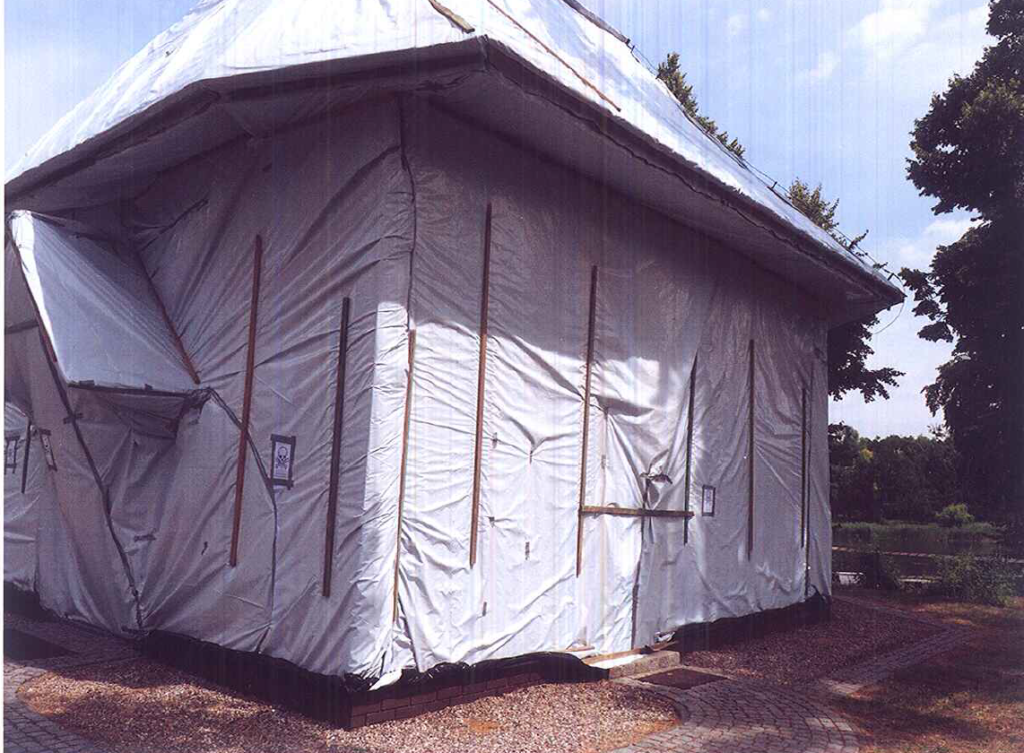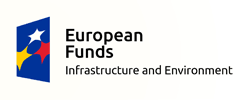Project effects
Church of the Holy Cross – Września
CONSERVATION WORKS OF THE POLYCHROMY OF THE CEILING AND WALLS IN THE CHURCH OF THE HOLY CROSS IN WRZEŚNIA
In the church of the Holy Cross in Września conservation works were done on the polychromy which covers the walls and the ceiling of the building. The oldest one, which shows consecration crosses and drapery, uncovered only in small fragments, comes from 1770-1780. The polychromy of the ceiling which depicts “Lord’s Transfiguration on Mount Tabor” was also made in the 18th century. Current dominating painting of the walls, which is a painted architectural decoration, was completed in 1851.


The wall polychromy was made in tempera technique directly on a wooden surface. After preliminary conservation tests it was established that wall surfaces had been repainted. Layer of paint is loosened and flaked in many places. Large surfaces of walls had been weakened due to woodboring beetles’ activity, losses in the wood structure were visible.


Mechanical signs of screws and nails were noticed as well. Wood condition required impregnation, and the paint layer – strengthening after being cleaned from overpaintings. Polychromy of the ceiling was also done in the tempera technique. Previous conservations caused a substantial wearing of the surface. The whole painting was dirty and illegible. Visible wearing of the paint had been most probably caused by a leaking roof.


The purpose of conservation is to restore the original polychromy. The works aim to remove overpainting, clean the surface, structurally strengthen historical layers and aesthetically refine the surface in the final stage.
Conservation works started with a thorough examination of the object, with a special attention put to determine the preservation condition and places attacked by xylophages with detecting active places. Photographs of the preservation condition were taken and restoration problems were documented. Then tests were made to establish proper solvents, which would allow to clean historical surfaces, remove the overpainting, reactivate old varnishes or chemically remove unoriginal fillings. Consolidation tests were also made as well as tests for strengthening historical layers of the object. Samples were analysed and a proper set of solvents and substances for consolidation of historical layers was chosen.


All historical surfaces underwent primary procedures connected with dusting and cleaning. Due to the discovery of active centres of xylophages’ foraging (hyrotrupes), the church underwent fumigation, which is a method of eliminating xylophages from the wooden structure and altars by a means of gas.


The next step was to remove dirty, shiny, darkened layer of synthetic varnish and parts of overpaintings in the ceiling surface. The procedure was repeated three times, and in some cases even five times. Unfortunately, wearing from the surface of the ceiling polychromy could not be eradicated completely due to deep penetration of varnish into the painting structure. Its complete removal would cause a serious damage to the polychromy. Walls were also cleaned and the polychromy was strengthened with gelatine spray method. Where wood surface losses occurred, structural putty with sawdust was put. Surfaces treated with putty were refined according to the original surfaces.


The next stage was filling of the layer of paint. In the ceiling polychromy, imitating retouch with partial reconstruction was used. Wiped parts were unified in terms of colours without the reconstruction of figures. Painting was done in the resin technique. Due to minor wearing (leftovers after the previous conservation in 1971), no additional layer of varnish was used. However, parts where retouching or reconstruction had been made, were secured.


Losses of paint on the walls were done in the tempera technique, with the use of a stroke as a graphic sign. In the view of protection of the lower parts of the polychromy of the walls, varnish with matt finish was used. The final stage of the conservation works was as-built documentation.

